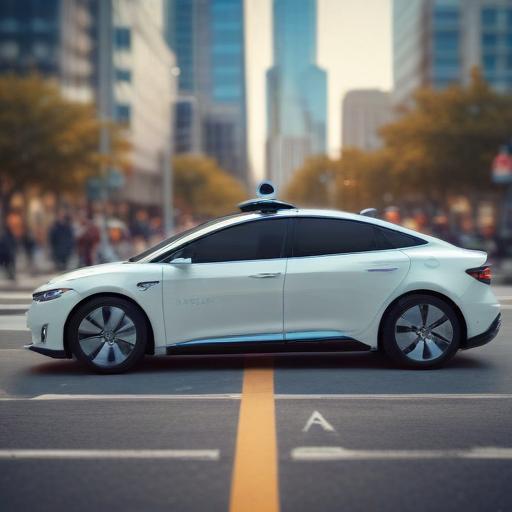The Austin City Council received an important update regarding the progress of driverless cars in the city, as Waymo announced it would expand its deployment area. This decision follows the recent launch of Tesla’s competing Model Y Robotaxi a month prior.
Currently, Waymo operates over 100 self-driving vehicles in Austin, while Tesla has around 20 in service, with additional units undergoing testing from companies like Zoox, Volkswagen, and Avride. However, the city faces a unique challenge in managing traffic and parking violations involving these autonomous vehicles. So far, only three citations have been issued, highlighting the complexities of ticketing cars without a designated driver present. Notably, Austin is the only city in the U.S. that has implemented a ticketing system for driverless cars, requiring citations to be processed through the courts.
Among the key concerns mentioned during the council meeting was the difficulty driverless cars face in reacting to law enforcement signals. The city is collaborating with state regulators, CapMetro, Austin ISD, and the University of Texas at Austin to develop effective strategies for managing the integration of self-driving vehicles into the existing transportation framework.
Council member Natasha Harper-Madison emphasized the need for accountability in regulating autonomous vehicles, stating that ensuring public safety is paramount. She indicated a willingness to explore options where companies might bear the costs associated with compliance with traffic regulations, reinforcing that public safety cannot be compromised.
An Austin police officer also highlighted the ongoing discussions with the Department of Public Safety regarding the citation process. They mentioned the potential for officers to issue tickets directly to the companies, whether by leaving them in the vehicle or through electronic communication, although it raises logistical questions about effectiveness.
This narrative reflects the dynamic environment of autonomous vehicle integration in urban settings, with Austin leading the way in addressing regulatory challenges. As technology continues to evolve, cities are tasked with balancing innovation with public safety and regulatory compliance.
It is promising to see municipalities actively engaging in conversations about safety and accountability as they embrace new technologies, ensuring that the evolution of transportation benefits all residents.
